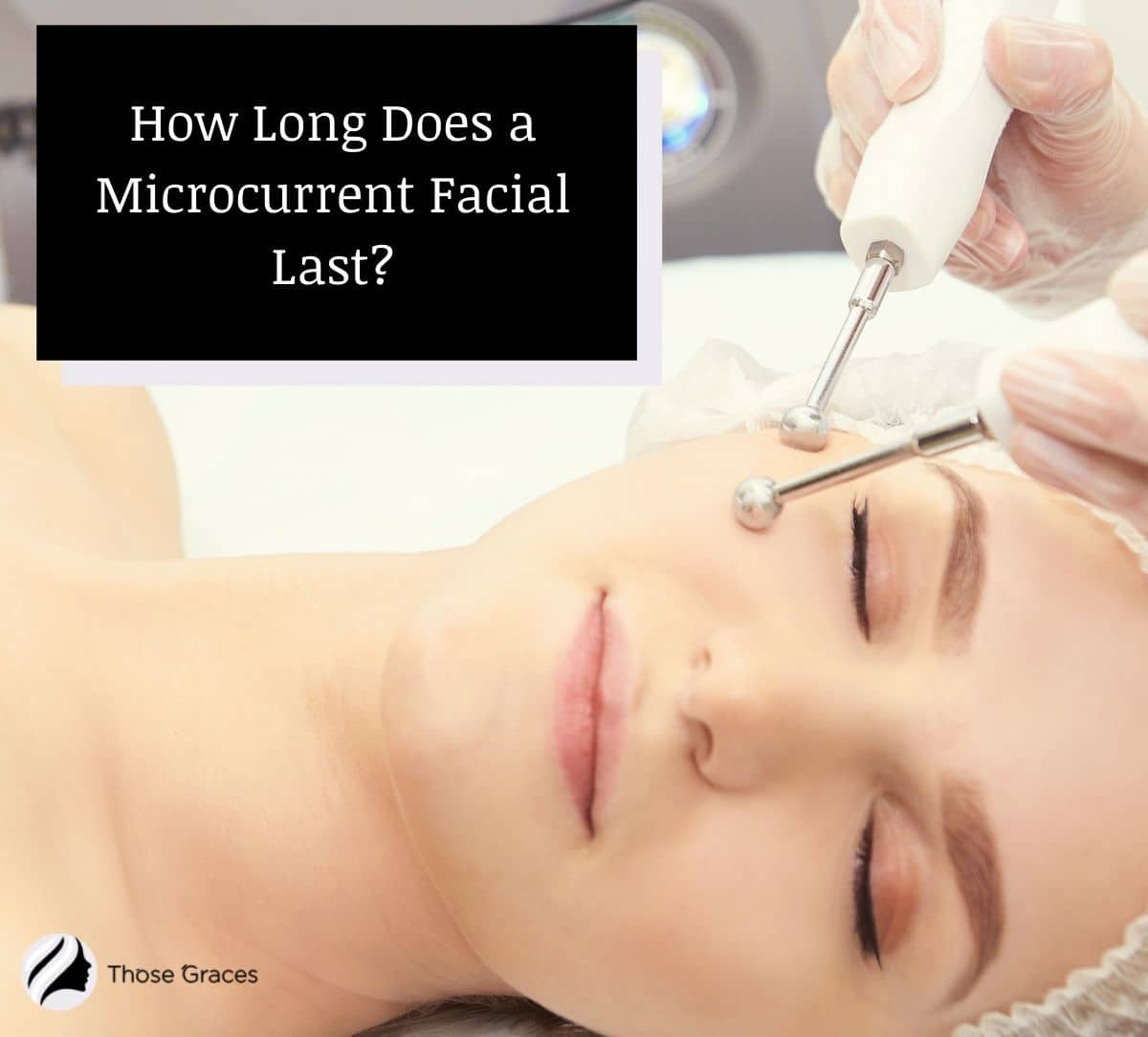The Benefits of Microcurrent
Welcome to our comprehensive guide on the benefits of microcurrent. In this article, we will delve into the various advantages of microcurrent therapy and its potential impact on your well-being. Microcurrent therapy has gained significant attention in recent years due to its non-invasive nature and potential benefits for a wide range of conditions.
Understanding Microcurrent
Microcurrent therapy involves the application of low-level electrical currents to specific areas of the body. These currents are similar to the body’s natural electrical signals and are delivered through electrodes placed on the skin. The goal is to stimulate cellular activity and promote healing.
How Does Microcurrent Work?
Microcurrent works by enhancing the body’s natural regenerative processes. The low-level electrical currents stimulate the production of adenosine triphosphate (ATP), which is the energy source for cellular functions. This increase in ATP production helps to speed up the healing process and improve overall cellular health.
The Benefits of Microcurrent
Pain Relief
One of the primary benefits of microcurrent therapy is its ability to provide pain relief. The electrical currents help to reduce inflammation, relax muscles, and alleviate pain in various parts of the body. Microcurrent therapy is often used to treat conditions such as arthritis, fibromyalgia, and sports injuries.
Skin Rejuvenation
Microcurrent therapy is also known for its skin rejuvenation properties. The electrical currents stimulate collagen and elastin production, which helps to improve skin tone and reduce the appearance of wrinkles and fine lines. Additionally, microcurrent therapy can enhance blood circulation, resulting in a healthier and more youthful complexion.
Improved Muscle Tone
By stimulating muscle contractions, microcurrent therapy can help improve muscle tone and definition. This is particularly beneficial for individuals who are recovering from muscle injuries or looking to enhance their athletic performance. Regular microcurrent sessions can help strengthen muscles and improve overall muscle function.
Accelerated Wound Healing
Microcurrent therapy has been found to accelerate the wound-healing process. The electrical currents promote the production of new cells and increase blood flow to the affected area, facilitating faster healing. This makes microcurrent therapy a valuable treatment option for individuals recovering from surgeries or suffering from chronic wounds.
Stress Reduction
Microcurrent therapy has a calming effect on the nervous system, helping to reduce stress and anxiety. The gentle electrical currents stimulate the release of endorphins, which are natural painkillers and mood enhancers. As a result, microcurrent therapy can contribute to an overall sense of relaxation and well-being.

Microcurrent therapy offers a range of benefits, from pain relief and skin rejuvenation to improved muscle tone and accelerated wound healing. Its non-invasive nature and potential for enhancing overall well-being make it an attractive option for individuals seeking alternative treatments. If you are considering microcurrent therapy, it is essential to consult with a qualified healthcare professional to determine the best approach for your specific needs.
Frequently Asked Questions Benefits of Microcurrent
1. What is microcurrent therapy?
Microcurrent therapy is a non-invasive treatment that uses low-level electrical currents to stimulate the muscles and tissues, promoting various benefits such as pain relief, muscle toning, and improved skin appearance.
2. How does microcurrent therapy work?
Microcurrent therapy works by delivering gentle electrical currents that mimic the body’s natural electrical signals. These currents stimulate cellular activity, increase circulation, and enhance the production of collagen and elastin, leading to the desired benefits.
3. What are the benefits of microcurrent for pain relief?
Microcurrent therapy has been shown to help reduce pain by promoting the release of endorphins, the body’s natural painkillers. It also aids in reducing inflammation, improving blood flow, and relaxing muscles.
4. Can microcurrent therapy improve skin appearance?
Yes, microcurrent therapy can improve skin appearance. It helps to tighten and tone facial muscles, reducing the appearance of wrinkles and fine lines. It also promotes lymphatic drainage, which reduces puffiness and enhances the overall radiance of the skin.
5. Is microcurrent therapy safe?
Yes, microcurrent therapy is generally safe when performed by trained professionals. The electrical currents used are very low and unlikely to cause any harm. However, it is important to follow the instructions and guidelines provided by the practitioner.
6. How long does a microcurrent therapy session typically last?
A typical microcurrent therapy session can last anywhere from 30 to 60 minutes, depending on the specific treatment and individual needs. The practitioner will determine the appropriate duration for each session.
7. Are the results of microcurrent therapy immediate?
Some individuals may notice immediate improvements in pain relief or skin appearance after a single microcurrent therapy session. However, for optimal and long-lasting results, multiple sessions are usually recommended.
8. Can anyone undergo microcurrent therapy?
Microcurrent therapy is generally safe for most individuals. However, it is important to consult with a healthcare professional or a qualified practitioner to determine if it is suitable for your specific condition or situation.
9. Are there any side effects of microcurrent therapy?
Microcurrent therapy is considered safe and generally well-tolerated. However, some individuals may experience mild redness, tingling sensation, or muscle soreness after the treatment. These effects are usually temporary and subside quickly.
10. How often should one undergo microcurrent therapy?
The frequency of microcurrent therapy sessions depends on various factors, including the individual’s goals, condition, and response to treatment. Typically, a series of sessions is initially recommended, followed by maintenance sessions every few weeks or months.




